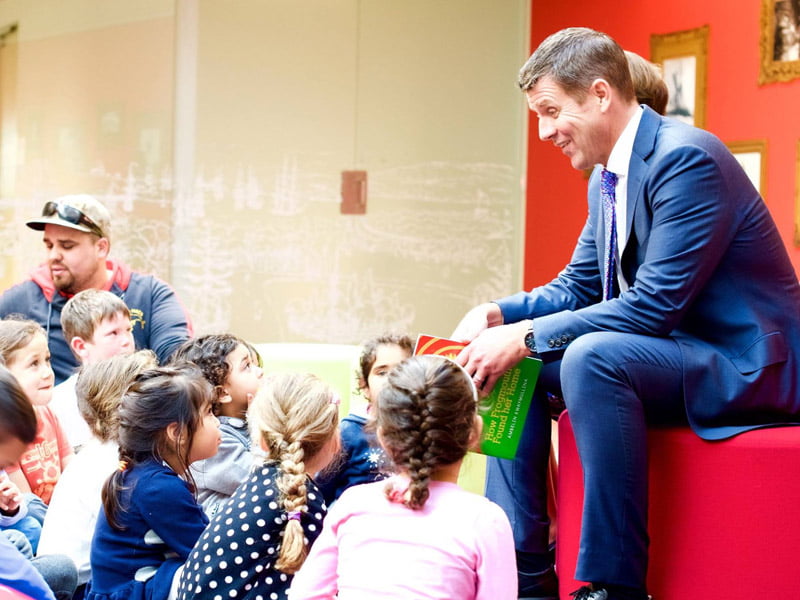I started this week to write a note about conducting corporate innovation programs when I was once again distracted by Mike Baird, in this case, announcing his revised “Premier’s Priorities”.
This announcement is a strong example of two critical elements in innovation policy and programs. I call it the process of lending authority to, and setting the anchor for, the mission.

Any program of innovation is a program of change, and as such, carries risks and uncertainties which naturally create caution and hesitations within an organisation.
Since we presume the ultimate power in our hierarchal organisations rests with the relevant leader, it is the leader who ultimately is able to provide us with the protections we need to take on the risks of change.
Since the leader typically will not be personally involved in any but the most strategic of the change activities, it is necessary that he or she delegate to the innovation program the authority to take risk.
This is what the NSW Premier has done by means of the Premier’s Priorities.
And, unlike many government programs that are centred on inputs (the usual statement of we will ‘do’ something), the Premier’s list is not only a statement of outputs, but also has key metrics embedded.
This clarity gives real weight to the authority being given to the public service to innovate, because it acts as an anchor for actions and decisions. Individual actions and decisions are now protected by the ability to demonstrate that these do, or are intended to, move towards the outcomes, even by protecting against moving away from the outcome.
The Priorities List from the NSW Government website is listed below. It is such a striking example of lending authority and setting anchors for innovation activity. (As an aside, for me the only flaw in the Premier’s own press release and website is the lack of this summary list.)
Creating Jobs: 150,000 new jobs by 2019.
Building Infrastructure: Key infrastructure projects to be delivered on time and on budget across the state. Over the next 15 years, NSW will require infrastructure to support 40 per cent more train trips, 30 per cent more car trips and 31 per cent more households.
Reducing Domestic Violence: Reduce proportion of domestic violence perpetrators who re-offend within 12 months by five per cent.
Improving Service Levels in Hospital: 81 per cent of patients through emergency within four hours.
Tackling Childhood Obesity: Reduce overweight and obesity rates of children by five per cent over 10 years.
Improving Education Results: Increase the proportion of NSW students in the top two NAPLAN bands by eight per cent.
Protecting Our Kids: Decrease the percentage of and young people re-reported at risk of significant harm by 15 per cent
Reducing Youth Homelessness: Increase proportion of young people who successfully move from Specialist Homelessness Services to long-term accommodation by 10 per cent
Driving Public Sector Diversity: Double the number of Aboriginal and Torres Strait Islander people in senior leadership roles and increase the proportion of women in senior leadership roles to 50 per cent in government sector within 10 years
Keeping our Environment Clean: Reduce the volume of litter by 40 per cent by 2020.
Faster Housing Approvals: 90 per cent of housing development applications determined within 40 days.
Improving Government Services: Improve customer satisfaction with key government services every year within this term of government.
Paul Cheever is Chief Executive Officer and Director of the Australian Institute for Innovation. The AII is a not-for-profit organisation whose mission is to bring practical experience to inform Australian policy and program discussions on the innovation system and innovation investment.
Do you know more? Contact James Riley via Email.
